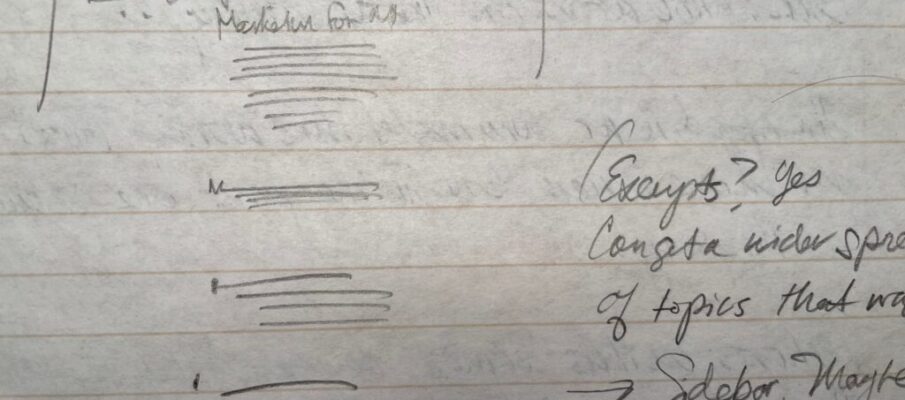It is easy to overthink this. And drive yourself crazy.
I know, because I have been overthinking my own websites for ages.
And I have merrily volunteered to help freelance friends overthink and overdo their own websites, to the point where they had to slap my hand away. “That’s enough, already.”
Fortunately, I stumbled on a smarter and simpler way to handle this website business. And it actually works much better for what you and I need a website for.
You can create it in an hour. Before lunch. Without making yourself crazy.
(By the way, if you already have a freelance website that you love, leave it alone. Don’t open a can of worms for no reason.)
And note, you don’t even need a website, exactly. Like many freelancers, you can use Instagram or Twitter if you want. (Provided you post all the time. And you have pictures.)
Or you can just use a profile on LinkedIn. Or even a page on Facebook if you can stand Facebook.
But it’s smarter to stake out your own turf, on your own domain, where you can’t get kicked off, and where Google can find you.
Do it like this:
At the top, you put your name.
Say what craft or trade or profession you’re in: Designer, translator, copywriter, illustrator, scriptwriter, video producer, coder, other.
(You are allowed only two crafts. No one will believe you’re an expert at nine different things.)
Next, say what kinds of clients you work for. Or really want to work for. One sentence, or two.
Then, within that trade, say what you are especially good at. Or especially knowledgeable about. Two sentences.
Say how to contact you. Email, text, phone, whatever.
Post a picture of yourself so you become real, and human. A small headshot is enough.
That’s all.
That’s one screen. Maybe a half page. You have built 92% of the functionality you need from a website.
You are officially legit. You are capable and confident. You know what you’re about.
And if someone Googles “Jordan Smith, Translator” they will find you.
Now leave it there. You can tweak the sentences every couple of days if you feel compelled. But otherwise, leave it. Later, if you discover that something is glaringly missing, you can add it. Later.
My friend Lillian posted a one-paragraph site like this to serve as a “placeholder” while she worked on some articles and other ‘marketing’ content she wanted to develop.
Odd thing is, the placeholder site worked just fine. It’s been two years now.
Actually, she was too busy with paying work to add that fancy content, which she didn’t actually need.
I’ve seen this happen several times now. It seems counterintuitive, I know.
My pet theory: a minimalist page works better because it presents a tabula rasa, a clear slate.
Clients can see whatever it is they’re looking for.
The less you say, the more they can read into it.
And the more likely they are to contact you.
Which is the whole point: Get them to call or email you.
And work from there.
How to find more clients: Smarter Freelancing.
